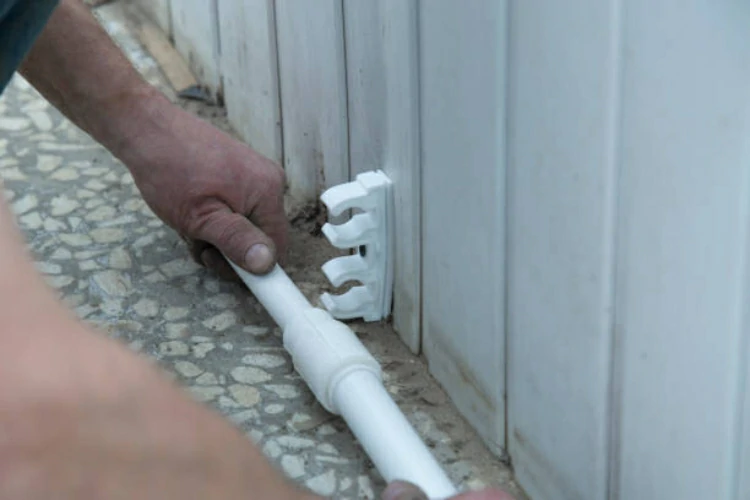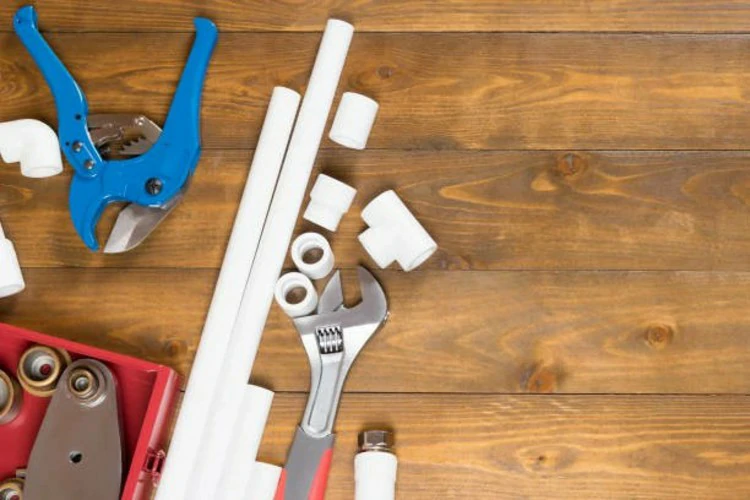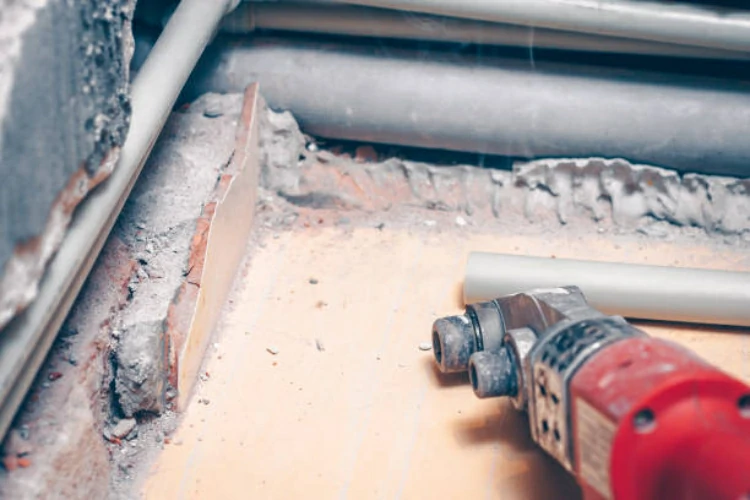Introduction:
Choosing the right type of pipe fitting is essential for plumbing systems, with PPR (Polypropylene Random Copolymer) and PVC (Polyvinyl Chloride) being two popular options. This article compares the features, benefits, and applications of PPR pipe fitting versus PVC pipe fittings to help readers make informed decisions for their plumbing projects.
Material Composition:
PPR Pipe Fittings:
PPR pipe fittings are made from Polypropylene Random Copolymer, a thermoplastic material known for its excellent chemical and heat resistance. This material is non-toxic, odorless, and environmentally friendly, making PPR pipe fitting suitable for potable water applications.
- PPR pipe fittings do not contain harmful substances like lead or cadmium, ensuring the safety and purity of conveyed water.
- The smooth inner surface of PPR pipes reduces frictional resistance, minimizing the buildup of scale and sediment that can impede water flow.
PVC Pipe Fittings:
Manufacturers craft PVC pipe fittings from Polyvinyl Chloride, a versatile thermoplastic material extensively utilized in construction and plumbing applications. These fittings boast durability, affordability, and chemical resistance.
- PVC pipe fittings are lightweight, easy to handle, and resistant to corrosion, making them suitable for both aboveground and underground installations.
- However, PVC pipe fittings may contain additives like plasticizers and stabilizers, which can raise concerns about chemical leaching and environmental impact.
Installation and Handling:
PPR Pipe Fittings:
Installers appreciate the ease of handling and installing PPR pipe fitting. Fusion welding techniques can join them, forming robust, leak-proof connections without requiring additional sealants or adhesives.
- Fusion welding ensures a seamless bond between PPR pipes and fittings, reducing the risk of leaks and failures over time.
- PPR pipe fittings are lightweight, making them easy to transport, handle, and install, even in confined spaces or overhead installations.
PVC Pipe Fittings:
PVC pipe fittings are also relatively easy to install, but they typically require the use of solvent cement or adhesive for joining. This can add complexity to the installation process and may require additional curing time before the system can be pressurized.
- Solvent cement or adhesive must be applied to the mating surfaces of PVC pipes and fittings before assembly, followed by a curing period to ensure proper bonding.
- PVC pipe fittings may be heavier and more cumbersome to handle compared to PPR fitting, especially in larger sizes or configurations.
Applications and Suitability:
PPR Pipe Fittings:
PPR pipe fittings are well-suited for a wide range of applications, including potable water distribution, heating systems, and chemical processing. Their resistance to corrosion, high temperature, and pressure make them ideal for demanding environments.
- PPR pipe fittings are commonly used in residential, commercial, and industrial plumbing systems, where reliability and performance are paramount.
- However, PPR pipe fittings may not be suitable for applications requiring extreme cold temperatures or exposure to certain chemicals.
PVC Pipe Fittings:
PVC pipe fittings are versatile and widely used in various applications, including drainage, irrigation, and wastewater management. Their affordability and availability make them a popular choice for plumbing projects of all sizes.
- PVC pipe fittings are suitable for both aboveground and underground installations, offering durability and resistance to corrosion.
- However, PVC pipe fittings may degrade over time when exposed to prolonged sunlight or extreme heat, limiting their suitability for outdoor applications.
Conclusion:
Both PPR pipe fittings and PVC pipe fittings have their advantages and limitations. PPR pipe fitting offer excellent chemical resistance, high temperature tolerance, and ease of installation, making them ideal for potable water and heating systems. PVC pipe fittings, on the other hand, are durable, affordable, and versatile, making them suitable for a wide range of plumbing applications. By understanding the differences between PPR and PVC pipe fitting, plumbing professionals and homeowners can choose the right solution for their specific needs.
Contact
IFAN is a professional manufacturer with 30 years of experience, dedicated to producing high-quality plastic pipes, fittings, and valves. Our products include brass valves, PPR valves, as well as various pipes and fittings to meet different customer needs. Whether you need plumbing and drainage pipes or valve products, IFAN can provide a diverse range of high-quality, cost-effective products to support your projects. Below is our contact information.
We will reply your email or fax within 24 hours.
You can call us at any time if there is any question on our production.
For more information,pls visit our webside https://www.ifanplus.com/
Pls Mailto: [email protected]





